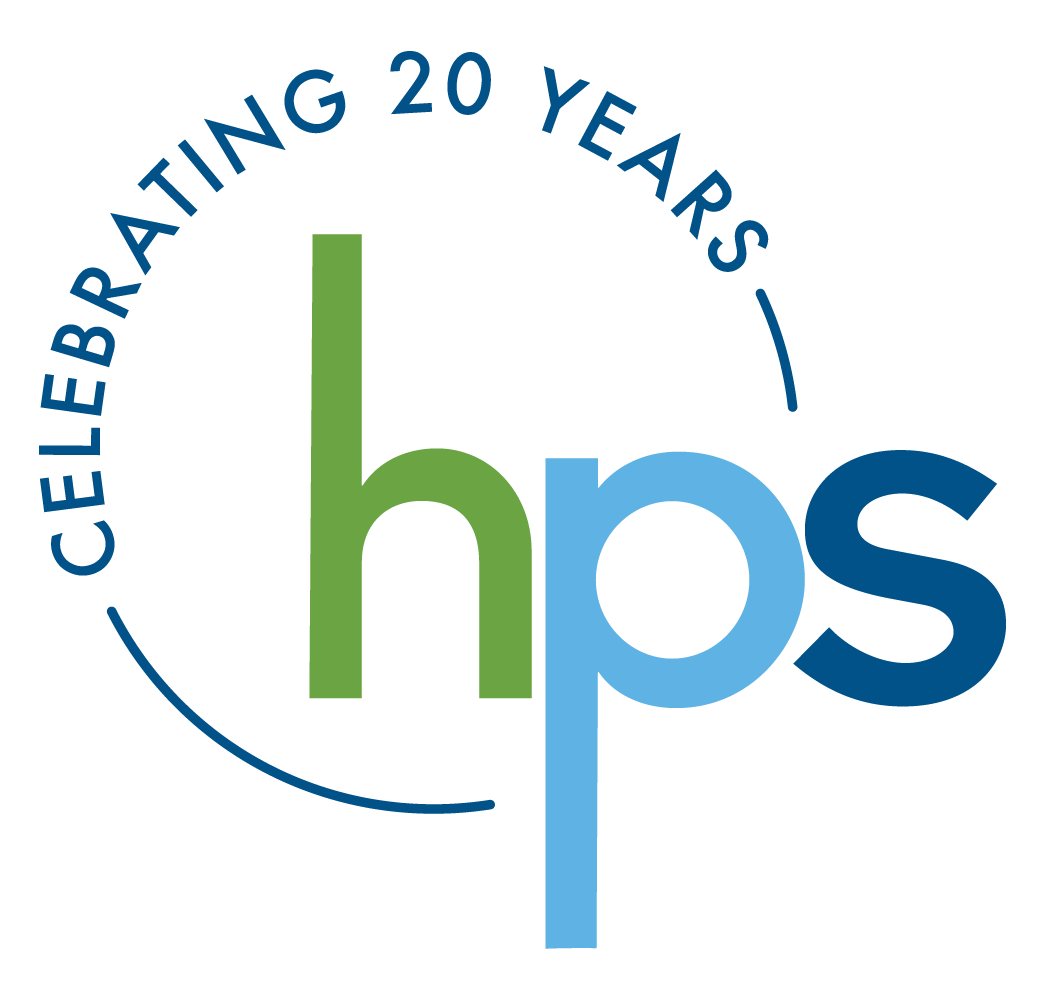Back to Work? Be Aware of New Paid Leave Requirements for Covered Employers
Back to Work? Be Aware of New Paid Leave Requirements for Covered Employers
As state-at-home orders are lifted and businesses reopen, Employers should be aware of new paid leave requirements that went into effect on April 1, 2020. In addition to ensuring compliance with established federal, state and local employment laws, Employers must also now navigate through several new employment laws and regulations brought about by the Families First Coronavirus Response Act (FFCRA).1
The FFCRA created two emergency paid leave requirements for employers with less than 500 employees; Emergency Paid Sick Leave and Emergency Family and Medical Leave. The Department of Labor has issued guidance for the implementation and application of these new paid leave laws.
The Emergency Paid Sick Leave Act
The Emergency Paid Sick Leave Act (EPSLA) requires covered employers to provide qualified employees with two weeks of paid sick leave (capped at 80 hours). Covered employers include employers in the private sector with fewer than 500 employees and certain employers in the public sector.
An employee qualifies for the paid sick leave if he or she cannot work or telework because:
The employee is subject to a Federal, State, or local COVID-19 quarantine or isolation order.
The employee has been advised by a health care provider to self-quarantine due to the health care provider’s belief that the employee has COVID-19, may have COVID-19, or is vulnerable to COVID-19.
The employee is experiencing symptoms of COVID-19 and seeking a medical diagnosis.
The employee needs to care for an individual who is either subject to a quarantine order or has been advised by a health care provider to self-quarantine because of concerns related to COVID-19.
The employee needs to care for a child because the child’s school or place of care is closed or the child care provider is unavailable due to COVID-19 related reasons.
The employee is experiencing any other substantially similar condition specified by the Secretary of Health and Human Services.
Full time employees are entitled to use up to 80 hours of paid sick leave while part time employees can use the average number of hours usually worked for a two week period. The EPSLA establishes a required rate of pay,2 and a qualified employee is entitled to either their full required rate of pay or two-thirds of their required rate of pay depending upon the reason for taking the leave. For instance under the EPSLA, if an employee cannot work because the employee (or someone he or she is caring for) is subject to a quarantine order related to COVID-19, then the employee is entitled to their full regular rate of pay (capped at $511/day and $5,110 in the aggregate); if an employee cannot work because he or she is caring for their child whose school or place of care is closed due to COVID-19, then the employee is entitled to two-thirds of their regular rate of pay (capped at $200/day and $2,000 in the aggregate).
The Emergency Family and Medical Leave Expansion Act
The Emergency Family and Medical Leave Expansion Act (EFMLEA) provides eligible employees with a new reason to take leave under Title I of the Family Medical Leave Act (FMLA). Employers with less than 500 employees and certain public agencies are required to provide this opportunity to employees that need to care for a child whose school or place of care is closed due to COVID-19. This is the only qualifying reason an employee can take leave under the EFMLEA.
Qualified employees are allowed up to 12 workweeks leave. All full and part time employees are eligible for this leave if they have been employed by the employer for at least 30 calendar days, and they have not utilized all of their 12 weeks of FMLA leave for this year.3 The first two weeks of the leave are unpaid,4 but the remaining 10 weeks must be paid at two thirds of the employee’s regular rate of pay. An employer is required to pay up to $200.00/day or $10,000.00 in the aggregate to the employee for EFMLEA leave.
Tax Benefits for Compliance with FFCRA
Covered employers are eligible for reimbursement through refundable tax credits for the costs of FFCRA paid sick leave and EFMLEA wages. Additionally, tax credits are available for the costs related to maintaining the health care coverage for qualified employees. Additional information on the tax credits administered by the Department of Treasury can be found here and here.
Exceptions to the FFCRA
If the requirements of the Act would jeopardize the viability of a small business with fewer than 50 employees, then the business may be exempted from providing leave to an employee that needs to take time off to care for their child. Additional information on the Department of Labor’s objective criteria for when a small business can claim the exemption can be found here. If a small business employer denies an employee FFCRA leave under the small business exemption, the employer must document the justification for the denial.
Employers are also permitted to exclude employees who are health care providers or emergency responders from the paid leave benefits under the FFCRA.
The Risks of Non Compliance with the FFCRA
Covered employers who fail to provide sick leave as required under the EPSLA are failing to pay minimum wages and violating the Fair Labor Standards Act. Furthermore, covered employers are subject to the prohibitions and enforcement provisions under the FMLA, and are prohibited from interfering or denying a qualified employee’s right to utilize the benefits under the EFMLEA.
***
With employers re-opening their businesses and getting employees back to work, compliance with these new paid sick leave and FMLA leave entitlements must be implemented. The FFCRA is effective until December 31, 2020, but the COVID-19 pandemic is constantly evolving. In fact, there is a lot of discussion of a second wave of positive cases hitting this Fall. This could have widespread effects on the health and well-being of more employees, and could affect schools reopening for the fall semester. Therefore, the FFCRA may need to be extended into 2021 to accommodate the ongoing workplace effects of this public health emergency.
1. The Department of Labor recently published corrections to the temporary rule that are reflected in the post and can be found here.
2. The Required Rate of Pay is the highest of the employee’s average regular rate of pay, FLSA minimum wage, and any State or local minimum wage to which the employee is entitled.
3. Eligible employees are still only allowed a total of 12 weeks of any type of FMLA over a 12-month period.
4. The employee can choose to use paid sick leave under EPSLA or paid time that he or she has accrued with the employer for the first 10 days of unpaid leave.


